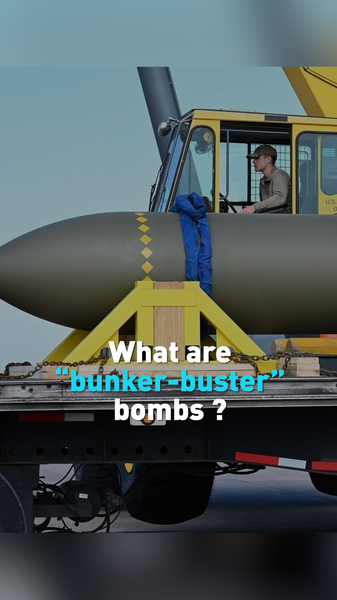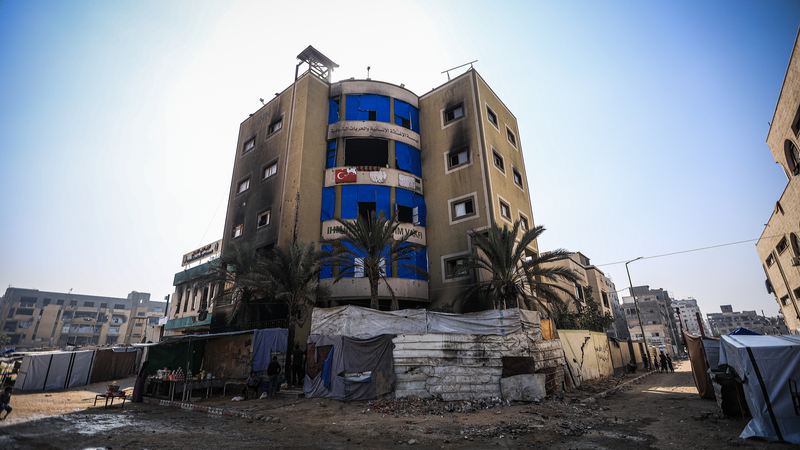As the U.S. debates its role in the Israel-Iran tensions, military planners on both sides are eyeing a class of munitions designed to punch through hardened targets: the so-called "bunker-buster" bombs.
What Are Bunker-Buster Bombs?
Bunker-busters are heavy precision-guided bombs, often weighing over a thousand pounds, engineered to penetrate earth, reinforced concrete and hidden tunnels before detonating. Their design combines massive kinetic energy with delayed fuses to reach and destroy deeply buried structures.
How They Work
- Guidance Systems: GPS and inertial navigation allow pilots to drop with meter-level accuracy.
- Pentagonal Warhead: A tough steel or composite casing pierces layers of soil and concrete.
- Delayed Detonation: Timers ensure the bomb explodes after it has burrowed deep underground.
Why They Matter Now
Israel has expressed interest in targeting Iran’s nuclear facilities and subterranean command centers. Meanwhile, U.S. officials are weighing how far to support or supply such capabilities amid broader strategic calculations. In both capitals, decision-makers see bunker-busters as a way to neutralize hardened sites without large-scale ground operations.
Key Takeaways
- Bunker-busters pack more than 1,000 pounds of explosives combined with precision guidance.
- They can reach targets hidden under tens of meters of earth or reinforced concrete.
- Their use could reshape the tactical balance by reducing the need for infantry or armored assaults.
Whether deployed or held in reserve, bunker-buster bombs highlight how modern militaries leverage technology to address complex threats. As debates continue, these powerful munitions remain both a strategic tool and a subject of intense policy discussion.
Reference(s):
cgtn.com




